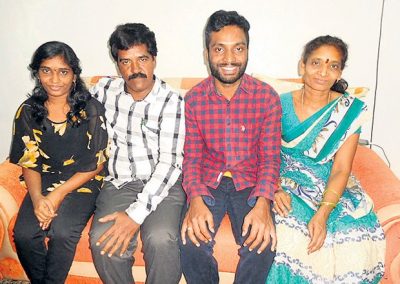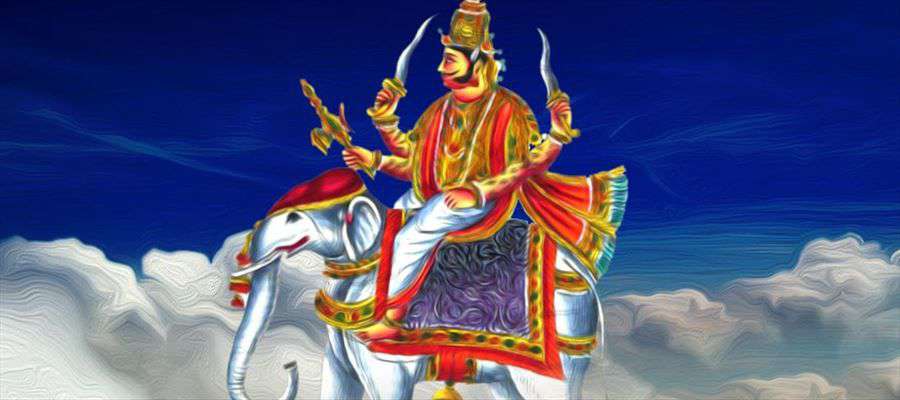
Worshiping God Varuna for Rain
The five elements in Hinduism or Pancha Mahabhuta- bhūmi (earth), jala (water), agni (fire), vayu or pavan (air or wind) and vyom or shunya (space or zero) or akash (void) are worshiped as God. Meanwhile it was the Aryan race in the Vedic era, who started worshiping...
read more
Never Keep God Hanuman statue opening his chest
Hinduism is a religion in which idol worshiping hold the highest regards; it symbolizes a sense of devotion for the Hindu deity. It is the only religion that endorses 'murti' puja or idol veneration. A 'murti' in Hinduism is believed to be a face of divine energy to...
read more
Women are praying for the long life of their husband: know the significance of the Vat Savitri Vrat
India is termed as the holy place where we follow lots of tradition that were carried forward from the ancient times. Today, Indian women are celebrating Vat Savitri Vrat also known as Vat Purnima Vrat. Women, in order to seek long life and well being of their husband...
read more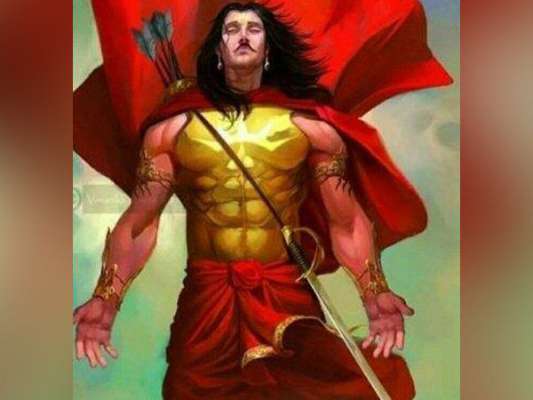
Karna’s Three Promises From Krishna
Karna's Three Promises From Krishna Karna was one of the bravest warriors in the Mahabharata. Though he fought from the Kouravas' side, yet he was very dear to Lord Krishna because of his innocent heart. He was a righteous man and a brave warrior. One of the masters...
read more
Follow these measures while offering prayers to Lord Shiva
Every day is associated with different God. Lord Shiva is worshipped on Monday. Devotees who offer prayers to God Shiva must worship him with true devotion and faith. We are telling you different measures of worshipping Lord Shiva. Check out here: If you worship Shiva...
read more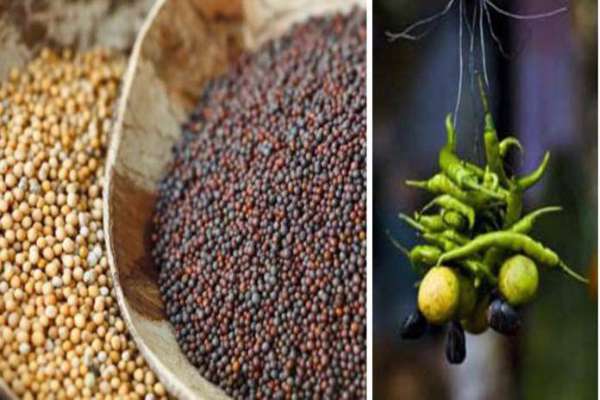
Mustard Seed Astrological measures to overcome evil eyes problem
Mustard Seed is a spice that is used mostly by people to prepare dish. This spice also has a great significance in astrology. In Vastu Shastra, certain measures are written that a person should follow to overcome evil eye, Vastu Dosh problem. We are telling you some...
read more
Goddess of Knowledge is Goddess Saraswati
Accordingly Saraswati, the goddess of knowledge and arts, represents the free flow of wisdom and consciousness. She is the mother of the Vedas, and chants directed to her, called the 'Saraswati Vandana' often begin and end Vedic lessons. Saraswati is the daughter of...
read more
Chant this mantra 11 times to improve your marriage life
In Hindu scriptures, several mantras have been written which can prove to be very helpful in overcoming every kind of crisis. For different works different mantras have been given. One should chant these mantras 11 times to get success in every work. For work...
read more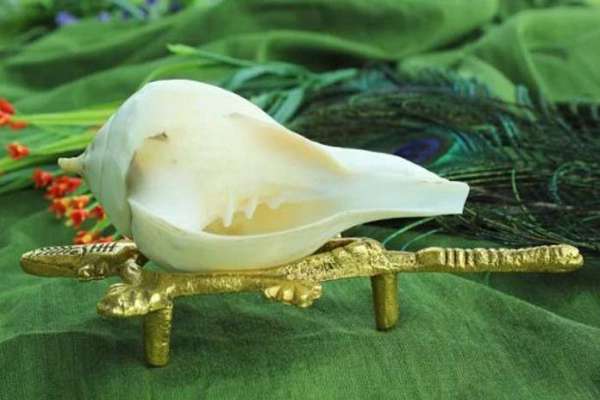
Follow these conch measures, wealth related issues will be solved!
Jyesth Adhik Maas month is currently going on and it will last till June 13. As per religious texts, Adhik Maas month is very dear to Lord Krishna. During this month, devotees worship Lord Shri Krishna to seek his blessings and fulfill wishes. There are some special...
read more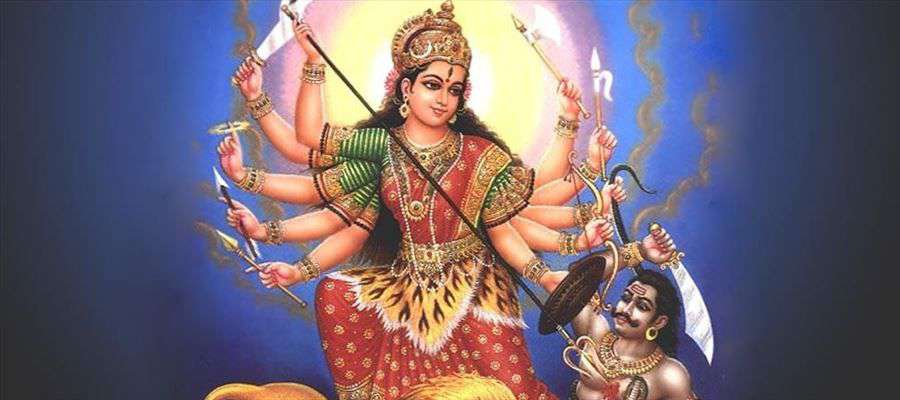
Why Hindu God’s has lot of weapons in hands?
According to Hindu mythology there exist many gods and goddesses. Equally there also existed many demons and rakshasas. They might have possessed them to safeguard people. It is also a symbol of their power and might. It corresponds to even our daily life like having...
read moreScientists explore anti-cancer properties of traditional Siddha medicine, Pattu Karuppu
The allopathic system of medicine that treats symptoms of diseases using drugs came into existence in the 19th century. Before that, traditional medicines were common in many Asian countries, including India. A common drawback of allopathic medications is their undesired side effects caused by the adverse reactions of specific drug compounds with parts of our body. This has now rekindled interests among scientists in many traditional forms of medicine which are known to have no side effects. In one such study, researchers from the Manipal Institute of Technology, Manipal, Karnataka, and Anna University, Chennai, have evaluated the anti-cancer properties of Pattu Karuppu, a traditional Siddha medicine.
The Siddha system of medicine has its origin in Tamil Nadu and is similar to Ayurveda where extracts of different plants are used to treat various diseases. Pattu Karuppu is a mercury-based Siddha medicine prepared by the combination of acidic and alkaline substances and is rich in mercuric sulphide (HgS). While mercury is well-known for its curative effects, sulphur neutralises the toxicity of the medicine and makes it more effective.
While Pattu Karuppu is used to treat pain during menstruation (dysmenorrhoea), the absence of menstrual cycle (amenorrhoea) and delirium, its anticancer properties have not yet been explored. In this study, for the first time, the researchers look into the physical and chemical properties of this formulation and evaluate its effects on healthy cells.
The researchers examined a sample of Pattu Karuppu under an electron microscope and found that it contains nanoparticles with an average size of 20-80 nanometers. These come together and form a ‘broccoli-like’ structure. A chemical analysis of the compound showed that it mainly contains carbon and oxygen, with traces of mercury, arsenic and sulphur. “The sample was found to have stable and spherical (porous) particles with size ranges between 20-80 nanometres. The negatively charged, nanosize and relatively high surface area of the particles were used to evaluate its biological action”, say the authors.
The researchers then tested different concentrations of the formulation on cell lines in labs. They observed that the formulation could inhibit the growth of cancerous cells. To determine the ‘safe’ concentrations of Pattu Karuppu, they tested it on zebrafish. They observed that at high concentrations, the zebrafish developed problems with the rate of heartbeat (arrhythmias) and clotting of the blood cells in the heart. The results confirmed that a concentration of 100μg/ml was the safest, a finding that differentiates Pattu Karuppu from other toxic mercurials.
The study promises new hope for cancer patients whose life is bogged down by the side effects of radiation therapy and chemotherapy. As a next step, the authors plan to conduct similar studies on mouse models that could pave the way for effective anticancer drugs.
Asteroid 2010 WC9 to fly by Earth on May 15: Report
Space rock “Asteroid 2010 WC9” will have a near-Earth encounter, about half the lunar distance, on Tuesday, media reports said.The asteroid measures from 60 to 130 meters and moves at a speed of more than 28,000 miles per hour, WeekFacts.com reported late on Saturday.
Asteroid 2010 WC9 was “lost” and then found. The Catalina Sky Survey in Arizona first detected it on November 30, 2010, and astronomers watched it until December 1, when it became too faint to see.
The rock has completed its orbit and now returns to Earth eight years later.
At 11.05 p.m. on Tuesday, Asteroid 2010 WC9 will make its closest approach only 0.53 lunar distances (126.419 miles) from Earth.According to NASA’s Jet Propulsion Laboratory, this is the closest it will come in 300 years, the report said.
People can watch the spectacle on the Internet and the observatories of Northolt Branch in London will broadcast it live.
“We plan to broadcast this asteroid to our Facebook page if the weather forecast remains positive,” Guy Wells of the observatory was quoted as saying.
“The broadcast will last less than 25 minutes, since the asteroid will cross our field of view during this time period. The asteroid will move pretty fast (30 seconds of arc per minute).
“Our display will be updated every five seconds. We, of course, collect astrometric data while this happens, but the movement of the asteroid will occur every five seconds,” said Wells.
Jurassic fossil shows missing link in crocodile family tree
Researchers have found a “missing link” from a 180 million-year-old fossil that sheds light on how some ancient crocodiles evolved into dolphin-like animals.The fossil named Magyarosuchus fitosi in honour of the amateur collector who discovered it, Attila Fitos, was unearthed on a mountain range in north-west Hungary in 1996 and stored in a museum in Budapest.
The species featuring a large portion of backbone is nearly five metres long and had large, pointed teeth for grasping prey. It was one of the largest coastal predators of the Jurassic Period.
It also shares key body features seen in two distinct families of prehistoric crocodiles.
Besides being heavily armoured, the species also had a tail fin, suggesting it is a missing link in the family tree of crocodiles, the researchers noted, in the paper published in the journal PeerJ.
“This fossil provides a unique insight into how crocodiles began evolving into dolphin and killer whale-like forms more than 180 million years ago,” said Mark Young, of the University of Edinburgh’s School of GeoSciences in Britain.
“The presence of both bony armour and a tail fin highlights the remarkable diversity of Jurassic-era crocodiles.”The specimen was identified as a new species based on the discovery of an odd-looking vertebra that formed part of its tail fin.
Some Jurassic-era crocodiles had bony armour on their backs and bellies and limbs adapted for walking on land. Another group had tail fins and flippers but did not have armour, the researchers said.






